Visiting the remnants of the Tar Creek Superfund site
PICHER, Okla. — The devastation of small towns near the Oklahoma-Kansas state line and at the heart of the Tar Creek Superfund site appears fairly straightforward. In the most simple terms, the problem is as prominent and overwhelming as the mountainous piles of mining tailings, known as chat, which blanket the landscape and dust what remains.

Closer inspection, however, reveals broken promises, shortsighted industries, waterways stained red, sinkholes as small as manholes and as large as football fields, people with permanent neurological damage and more than 30 years of national awareness yet few, if any, improvements.
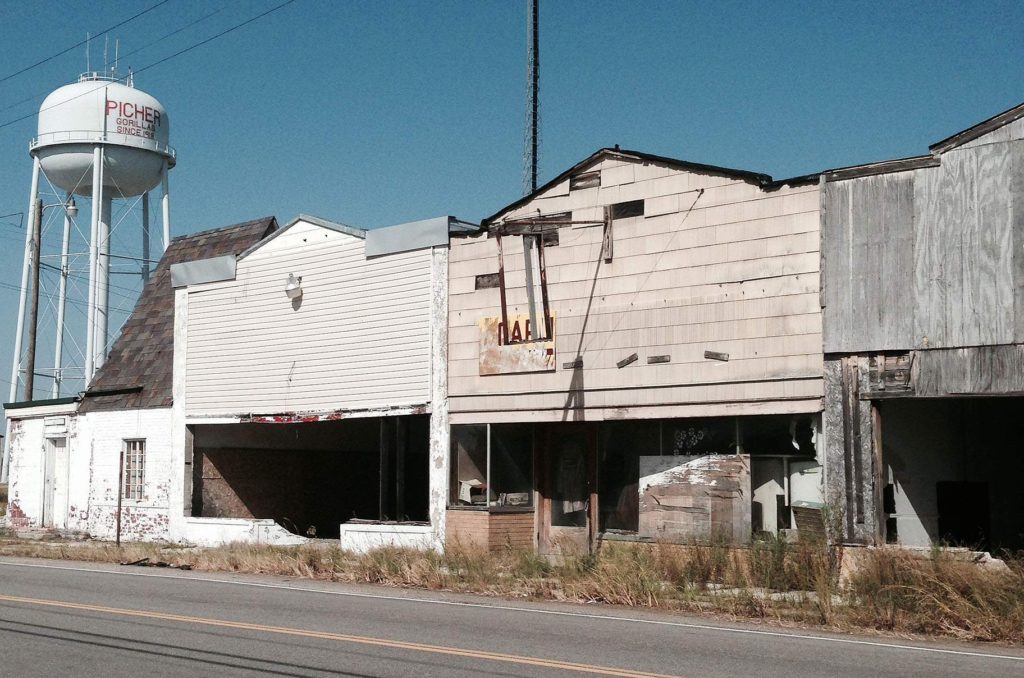
Grasping and understanding the history of the location and how it came nearly to being a ghost town is difficult. Perhaps that’s why the area remains as environmentally poisoned now as it was years ago. Or perhaps the few remaining residents are correct in thinking that the mostly evacuated small towns here — Picher, Cardin, Hockerville and others — are simply forgotten. The problems are too large, too complex, too expensive to be managed, some say.
Yet history has proved that environmental disasters don’t just disappear when removed from the public view. They fester. They float down small creeks, across surface waters and into rivers where they travel to and infect tourism destinations populated by unknowing visitors.
Unmitigated, the stories of the former residents of these towns will become the stories of the residents of other towns downstream. Lessons unlearned, this history will be repeated.
THERE TO HERE

The story of the Picher mining fields begins in the 1890s, before Oklahoma was a state and the land was part of the Quapaw (O-Gah-Paw) Nation’s reservation, when a significant vein of lead and zinc was discovered. Forty-acre allotments of Quapaw land were soon distributed by the U.S. Department of the Interior to miners. Substantial operations began in 1908 when roughly 500,000 tons of production took place at mining sites in Miami-Commerce, Quapaw and Picher.
Mining in and near Picher soon dwarfed the other sites, with more than 8 million tons of production in 1925 from Picher alone. Production for the larger area that same year was 10 million tons, with the vast majority of the minerals being used by the U.S. military — completely fueling national needs during World War I and being the primary source of the minerals used in ammunition during World War II.
When mining operations ceased in 1970, the region lay in the shadow of chat piles that could be seen from at least 10 miles away, nearly 181 million tons had been pulled from the earth, partly at government expense. About 154 million tons came from Picher.
One of the warnings issued by the Tri-State Mining Company before it closed was an environmental need for operations to continue.
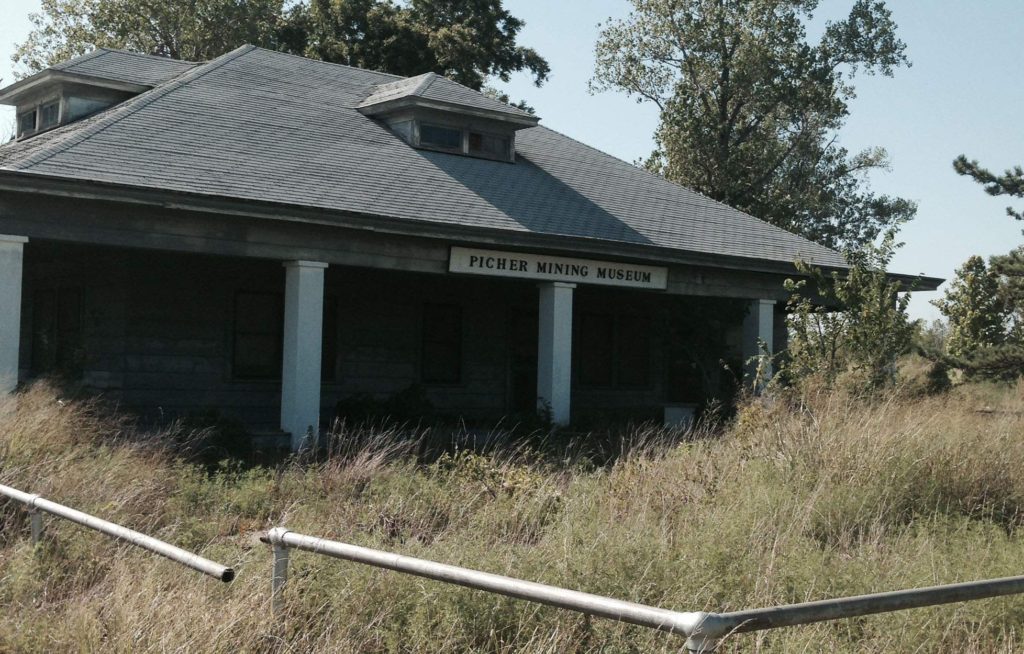
“Abandonment would cause mine flooding; the loss of machinery and equipment; and the irretrievable loss of trained miners and ‘Know How,’” the company wrote in a statement to political leaders. “Mine flooding would result in sulphate contamination of the mine water, which if pumped out at a future time, would create serious stream pollution.”
The company was correct in its environmental assessment. By 1979, the abandoned mines had filled and acid began flowing into local waterways.
In 1983, the area was dubbed the Tar Creek Superfund site by the EPA. Its severe state earned it the dubious distinction of the worst environmental site in the nation. That same year a mine collapse just southwest of town created a sinkhole 75 feet wide.
Yet it took more 10 years before state officials began to study and test local children, despite calls from local leaders regarding consistent and widespread learning problems. When health department officials went house-to-house, roughly 35 percent of the children had elevated blood-lead levels.
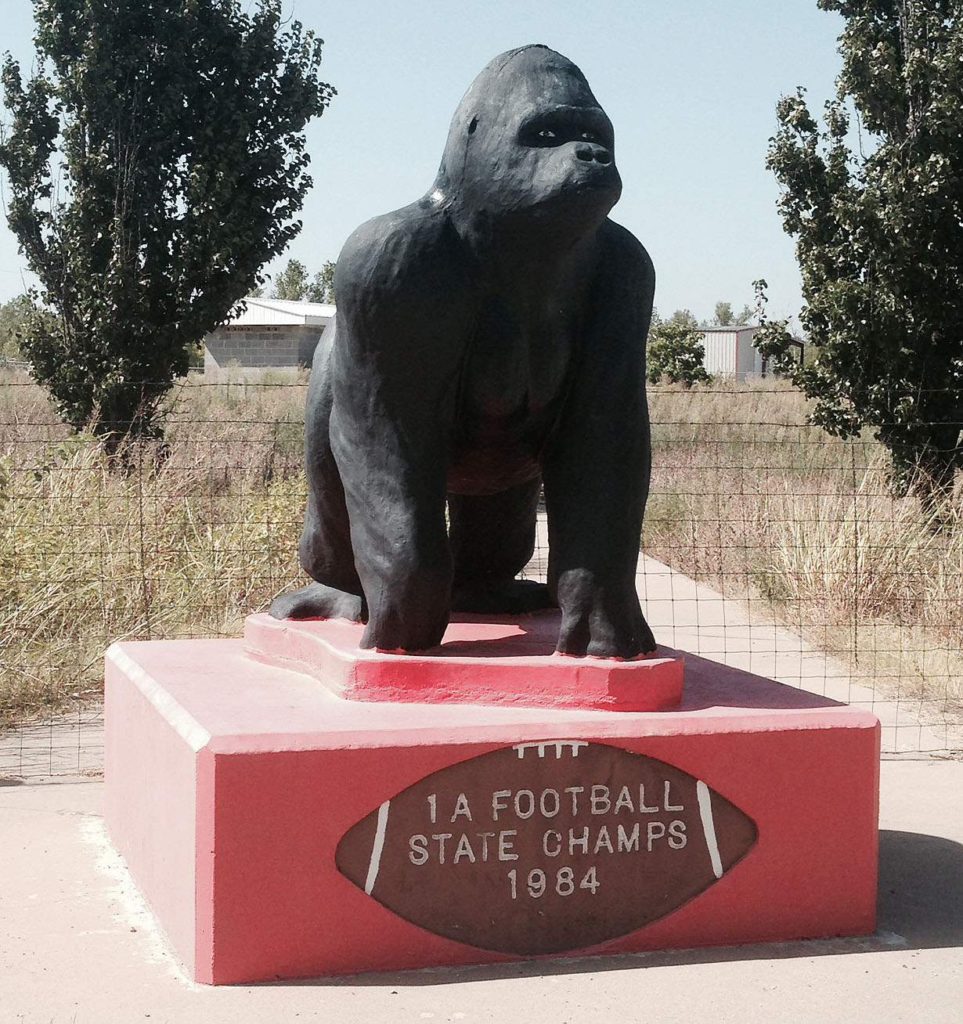
The EPA spent three years removing contaminated soil from nearly 2,000 homes in Picher and the surrounding area at a cost in excess of $130 million, or an average of $70,000 per property. Another roughly $10 million had been spent in a failed attempt to contain the estimated 30 million gallons of acid water flowing from the mines.
In 2005, and absent any federal plan, Oklahoma Gov. Brad Henry initiated a state-led buyout that removed 52 families with young children from Picher at a taxpayer cost of $3 million. The state had known for 10 years that children living in the area were exposed to and often poisoned by lead in the water, air and soil.
Nearly a year later, the Army Corps of Engineers reported that more than 200 places within the Tar Creek Superfund site held a significant potential for collapse. The news persuaded the federal government to do what widespread contamination had not. Three months later, a $20 million federal buyout was announced. About $60 million has since been appropriated, but only $46 million used.
A final, parting blow was dealt to Picher on May 10, 2008, when an F4 tornado ravaged the town, destroying more than 100 homes and killing seven residents.
The final senior class of 11 students graduated from the high school in May 2009. City hall closed in September 2009, and demolition began in Jan. 2011. The towns of Picher and Cardin officially ended their charters last fall.
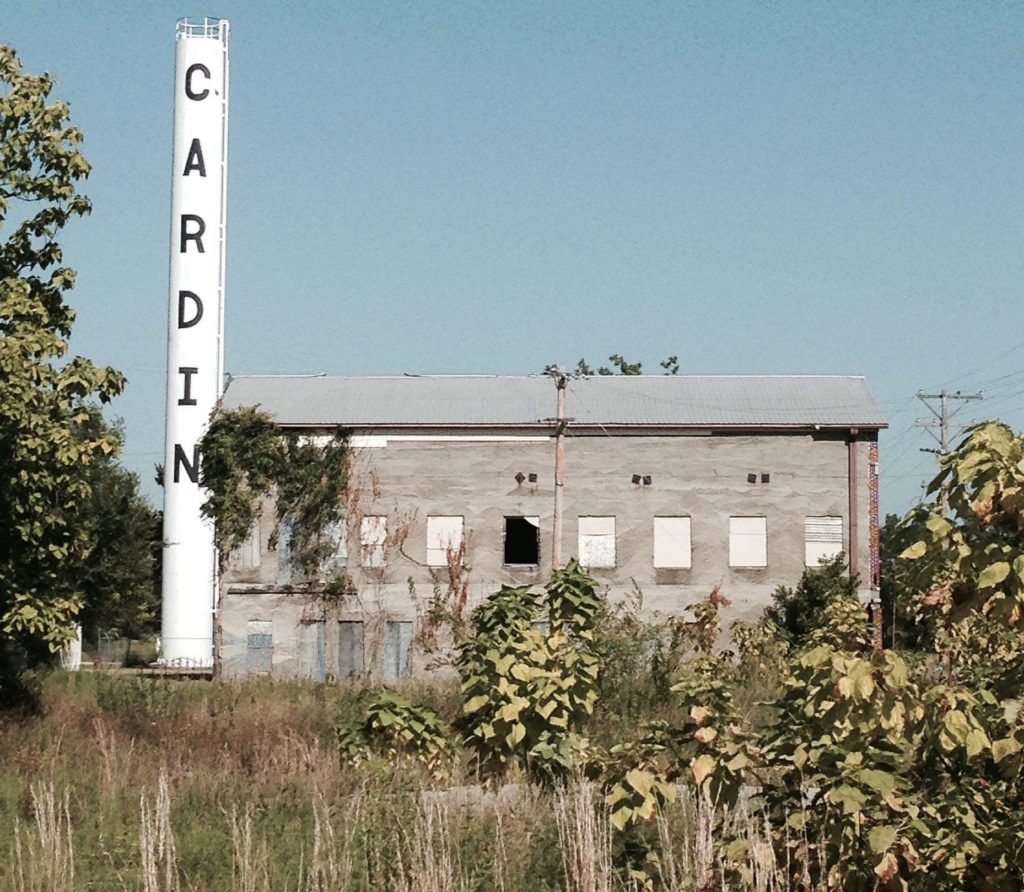
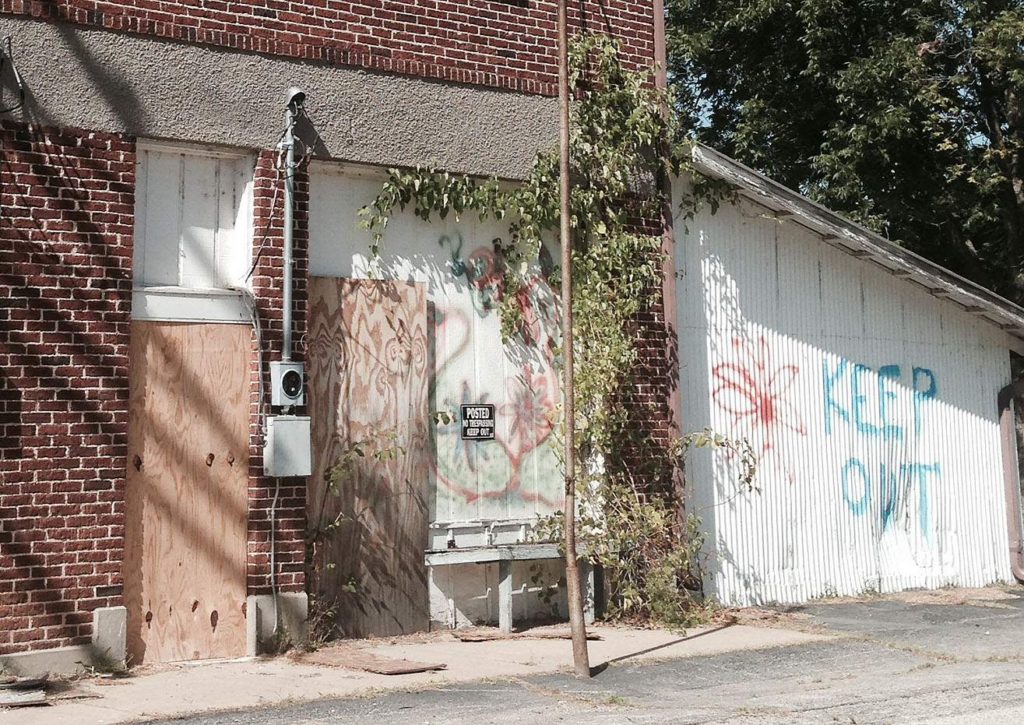
SUPER(DE)FUND
The Comprehensive Environmental Response, Compensation and Liability Act, commonly known as Superfund or CERCLA, provides a federal trust fund for cleaning up uncontrolled or abandoned hazardous-waste sites as well as accidents. It is through this legislation that the EPA is authorized to seek out polluters and assure cooperation in subsequent cleanup activities.
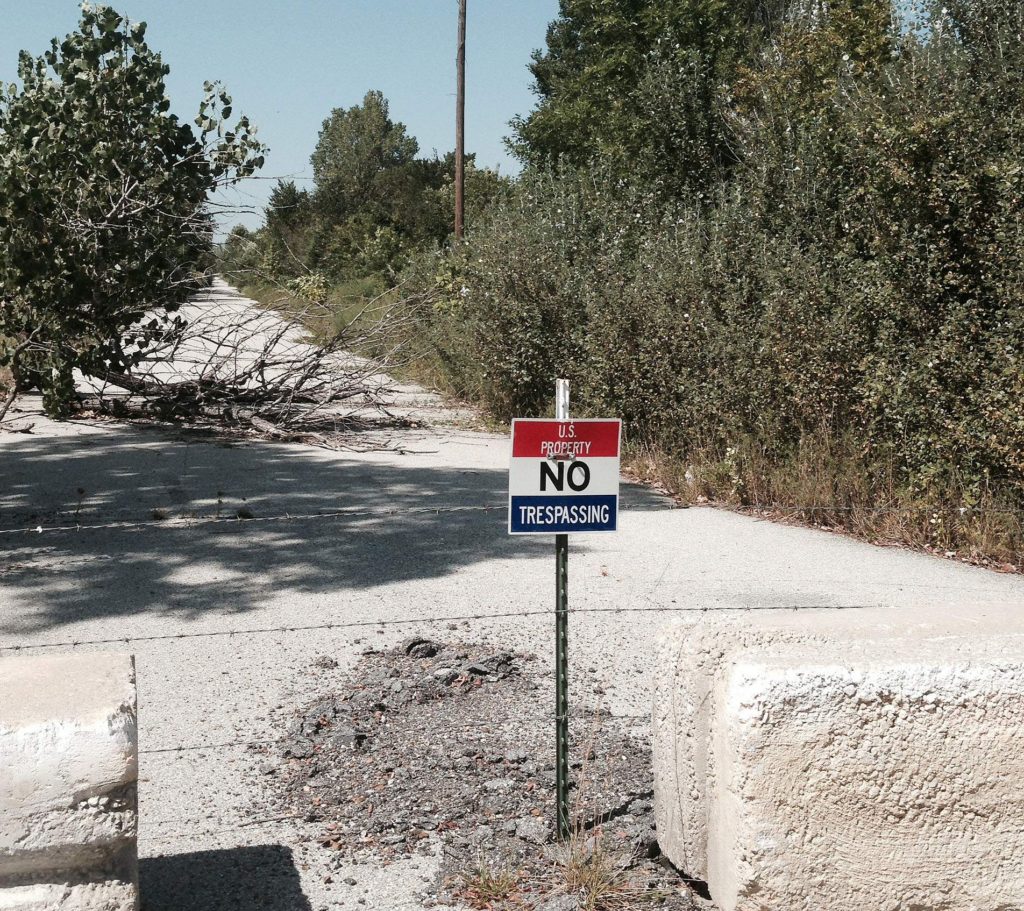
The law was originally crafted in 1980, labeled the boldest environmental statute in U.S. history, and later amended to include provisions related to public awareness and local oversight.
However, the Superfund has been plagued by partisan politics, industry grandstanding and bureaucratic apathy.
In October 2003 the multibillion-dollar, industry-paid portion of trust fund ran out of money. Taxes on the purchase of toxic chemicals and petroleum on corporate profits above $2 million used to fund the trust were allowed to expire in 1995 and have yet to be reinstated. While the EPA can continue to seek cleanup funds from responsible parties, if those entities can’t or won’t pay, the onus is on the taxpayers.
The Republican-led U.S. House passed a bill in January, the Reducing Excessive Deadline Obligations Act, that amended both Superfund and the Solid Waste Disposal Act. The legislation removed requirements for the EPA to routinely update and review solid waste disposal regulations, and made it more difficult for the government to require companies dealing in hazardous waste to carry enough insurance to cover cleanup operations. The bill also required more discussions with states before the EPA imposed cleanup requirements for Superfund sites.
The bill has stalled in the U.S. Senate, and the White House issued a veto threat if it were to pass, but the situation is typical of the partisan battles waged with the Superfund.
A bill was also introduced in July by New Jersey Democrat Cory Booker in the U.S. Senate to reinstate the Superfund tax, but it is not expected to gain traction in the House. During a hearing on the Superfund, Oklahoma Republican Sen. Jim Inhofe spoke against, saying the taxes charge businesses that have nothing to do with pollution and contamination with Superfund site cleanup.
IOWA SUPERFUND
Some will no doubt say the problems in Tar Creek are rare, that regulation has run amok and it can’t or won’t happen in Iowa.
While the massive footprint in Tar Creek is unique, the basic issues of pollution and contaminants from industry is not.
Tar Creek is one of about 1,300 Superfund sites in the U.S., and 11 such sites currently exist in Iowa. Twenty-two Iowa
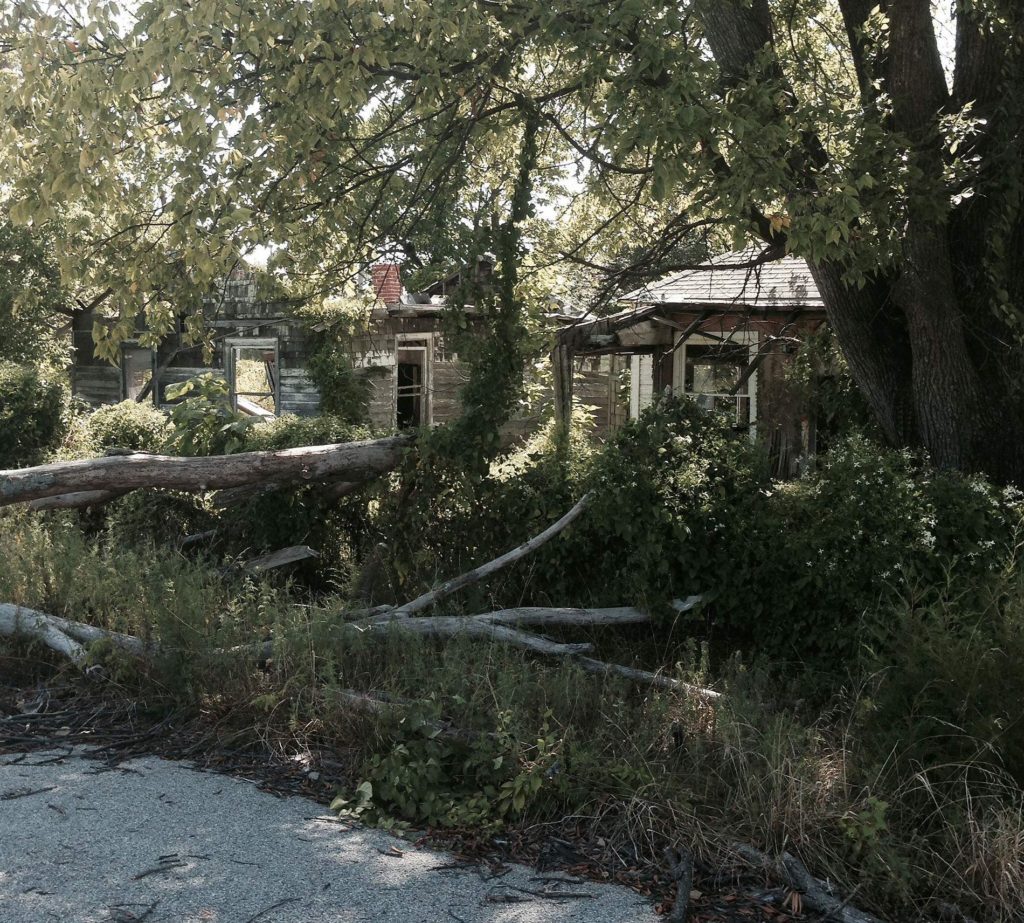
sites have found their way onto the National Priorities List since the program began, and another has been proposed for inclusion on that list.
The Electro-Coatings, Inc. Superfund site in Cedar Rapids was placed on the National Priorities List in 1989 after improper storage of chemicals and leaking storage containers resulted in soil and water contamination. It was placed on the NPL due to potential contamination of municipal water wells.
Cleanup began on the site in 1994, with many contaminants being removed from the location. The site continues to be monitored.
Tar Creek, like most everything Oklahoman, is in your face. Even if you can overlook the abandoned towns and fierce, red water, there’s no ignoring chat piles so large and so old that they are wind carved with plateaus and cliffs. Three generations have suffered and been poisoned in their shadow.
But as former and current residents will tell you, it isn’t the big piles or even the larger pieces of gravel that are most worrisome. It’s the dust, the small particles that can be inhaled and absorbed but not seen that will get you.
Maybe there’s enough federal money to buy some microscopes.
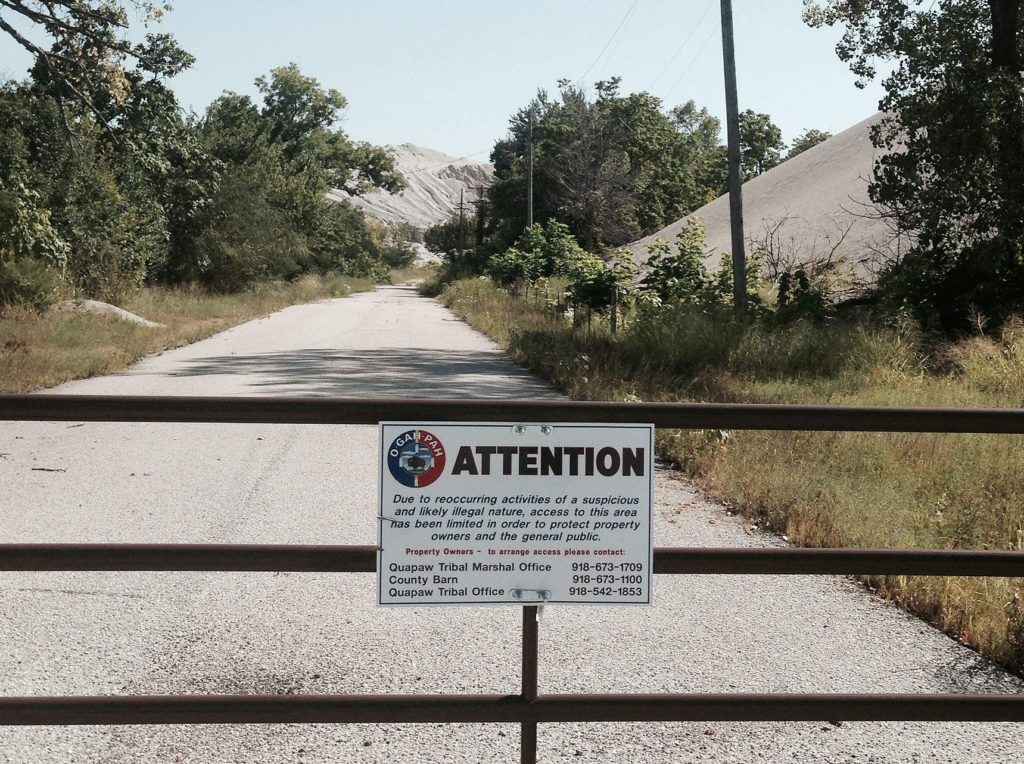
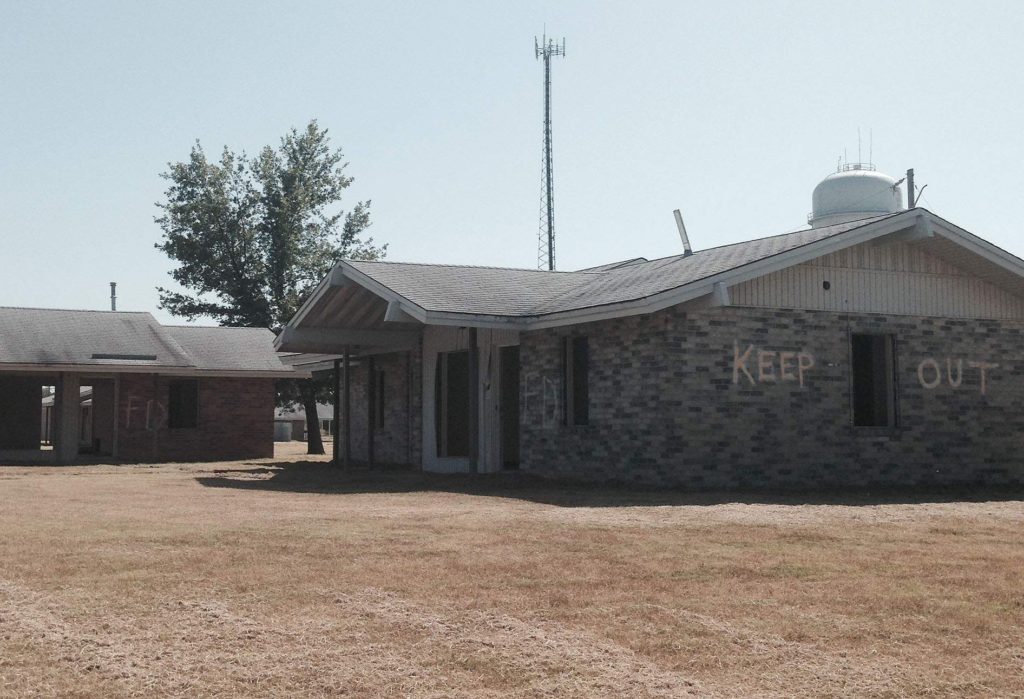
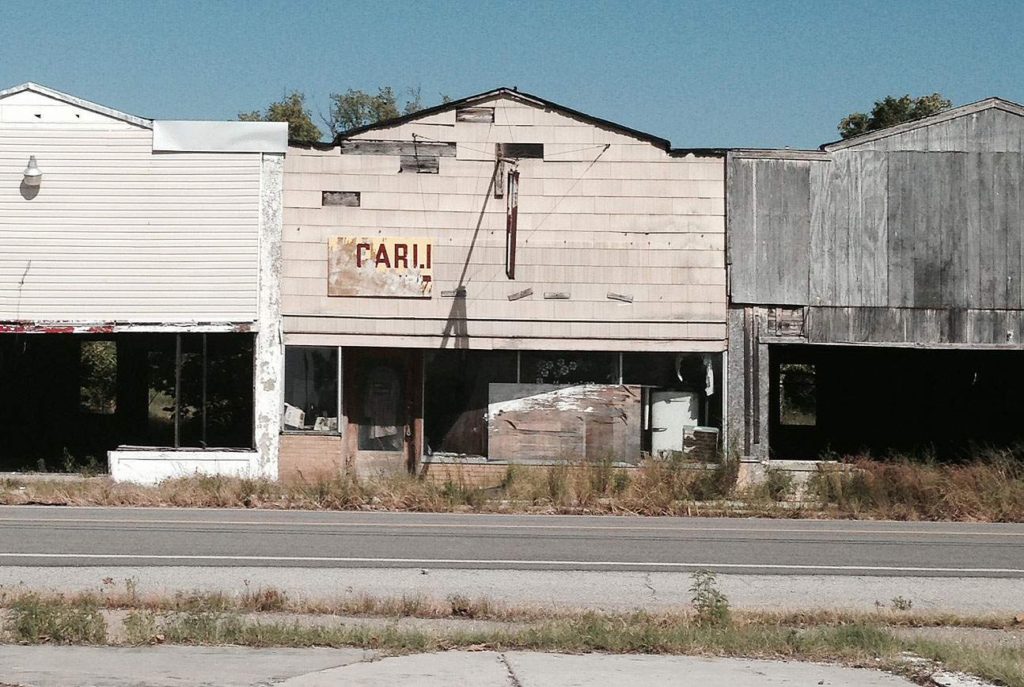
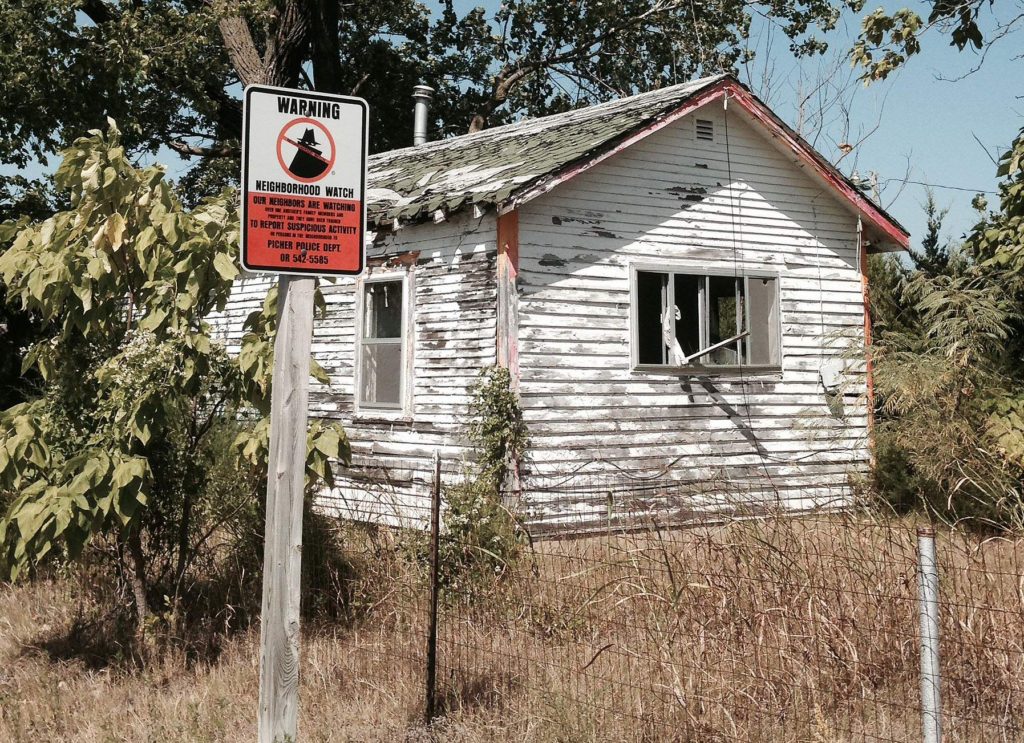
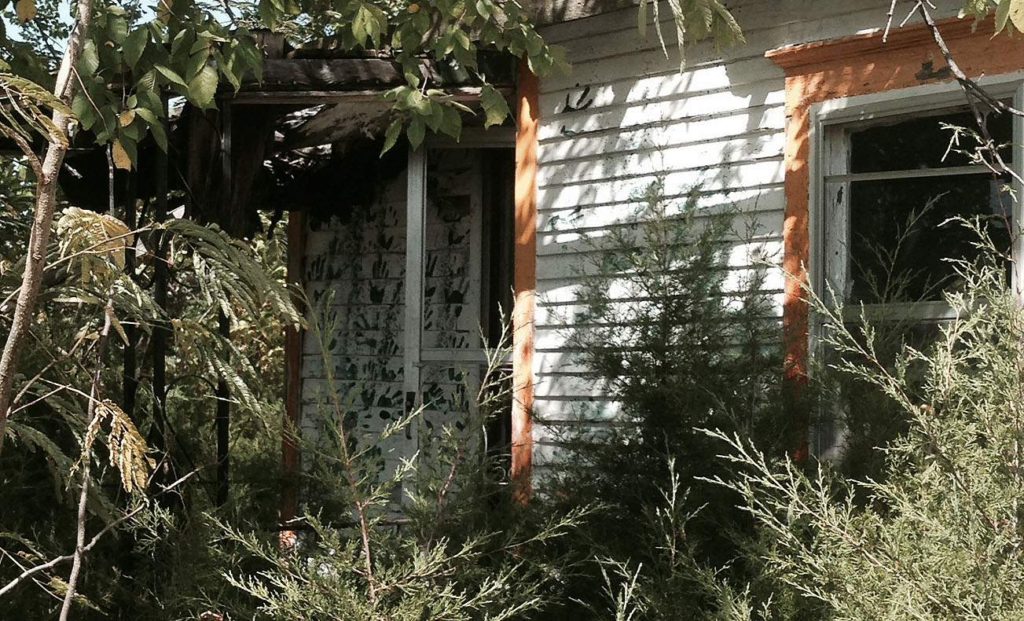
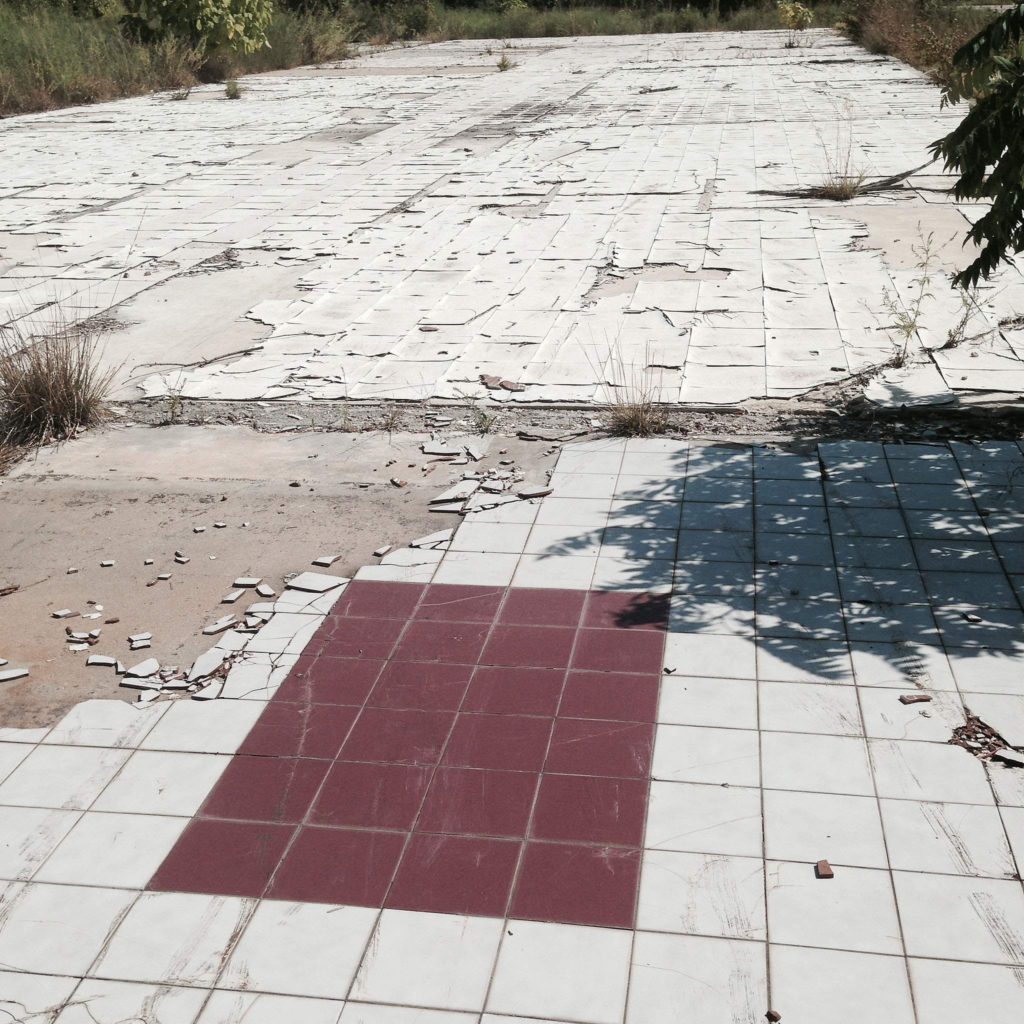
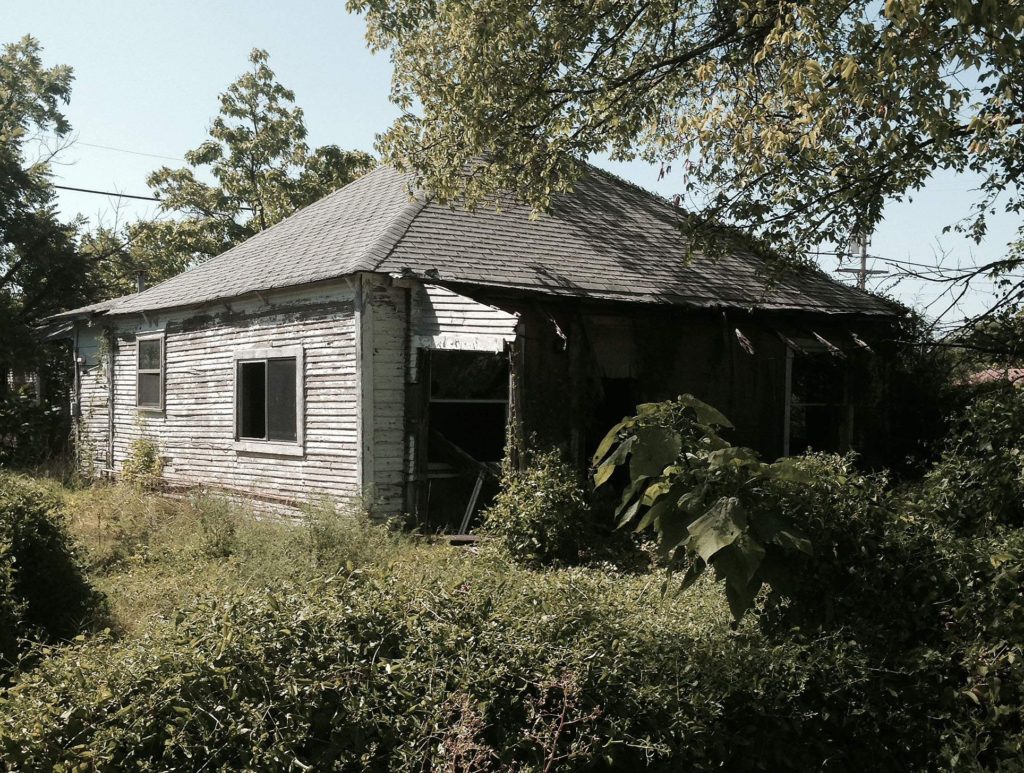

This column by Lynda Waddington originally published in The Gazette on Aug. 31, 2014. Photo credit: Lynda Waddington/The Gazette
